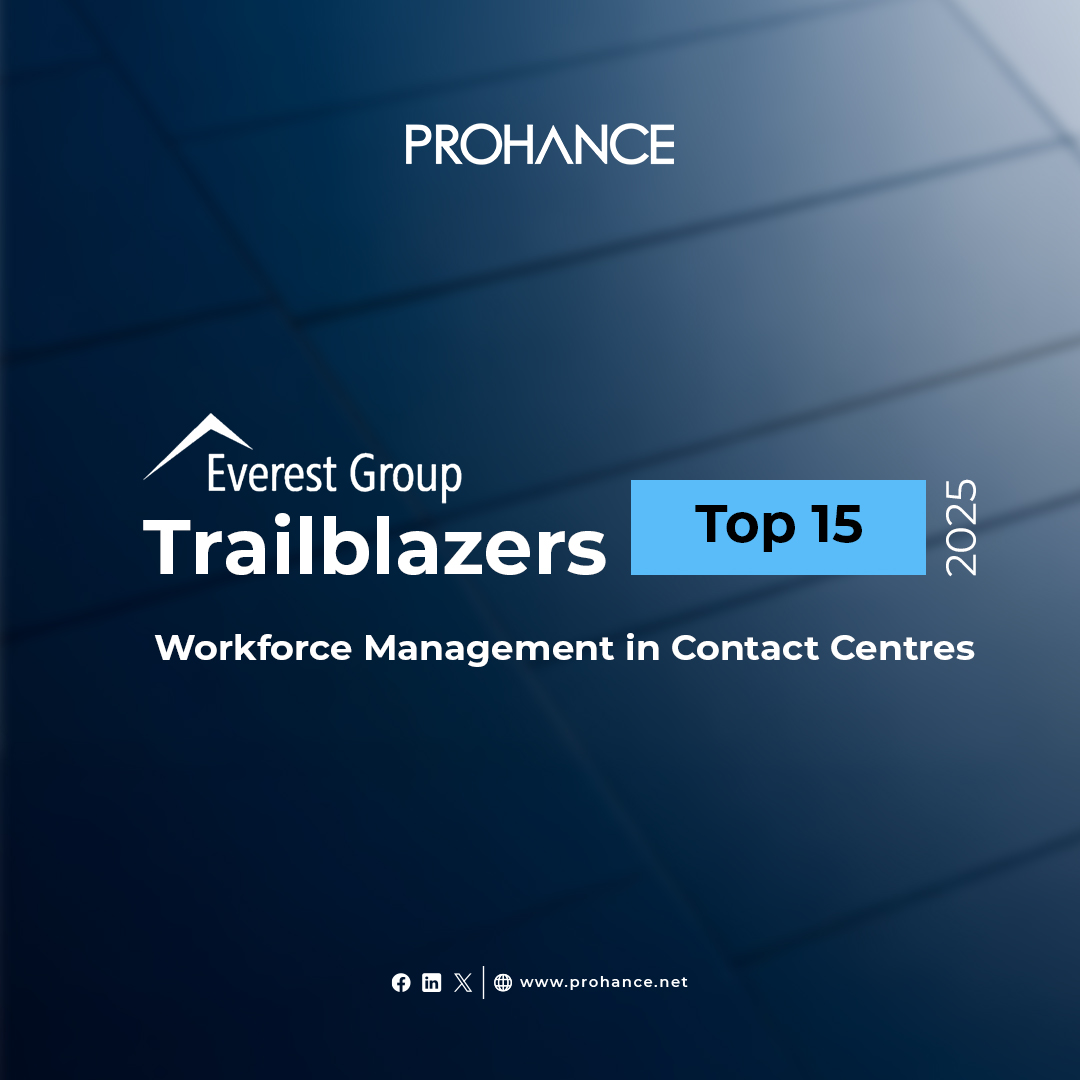Factors Involved in Remote Work Monitoring
Time Tracking:
Time tracking tools record the amount of time employees spend on tasks, projects, or specific activities. This helps employers gauge productivity, allocate resources efficiently, and identify areas for improvement.
Productivity Metrics:
Monitoring productivity involves assessing the output and quality of work. Employers may use key performance indicators (KPIs) and performance metrics to evaluate individual and team performance, ensuring that work aligns with organizational goals.
Communication and Collaboration Tools:
Remote work relies heavily on communication and collaboration tools. Monitoring these tools allows employers to ensure effective teamwork, track project progress, and identify potential communication bottlenecks.
Challenges and Solutions in Remote Work Monitoring
Privacy Concerns:
Balancing the need for monitoring with employee privacy is a significant challenge. Implementing transparent policies, obtaining consent, and focusing on aggregate data rather than individual activities can help address privacy concerns.
Technology Integration:
Integrating various monitoring tools seamlessly can be challenging. Organizations need to invest in user-friendly, integrated solutions to streamline the monitoring process and reduce the burden on both employees and managers.
Best Practices for Remote Work Monitoring:
Clear Communication:
Establishing clear communication channels and expectations is crucial. Clearly communicate the monitoring tools being used, the reasons behind them, and the intended benefits to foster transparency and trust.
Regular Check-Ins:
Regular check-ins provide opportunities for managers and employees to discuss progress, address concerns, and ensure that everyone is aligned with organizational goals. These check-ins contribute to a sense of connection and prevent feelings of isolation among remote workers.

